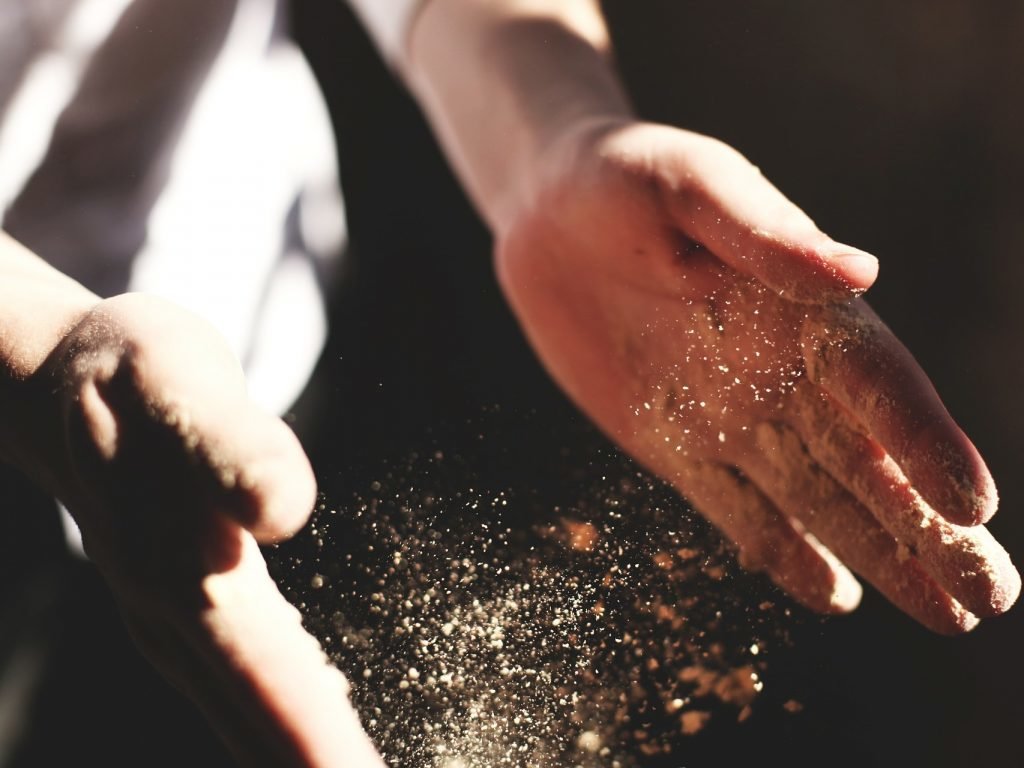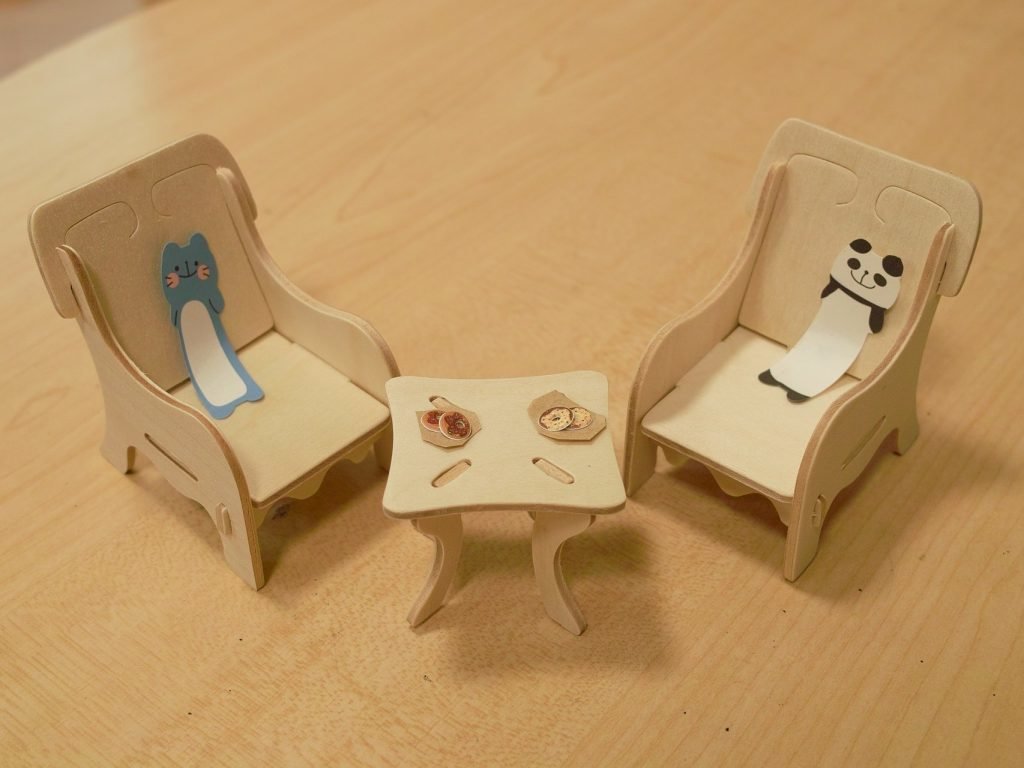There are four basic types of furniture finish:
- Lacquer
- Paint
- Oil
- Wax
Lacquer
Lacquer is a clear coat or stained varnish, (you can see the wood-grain through it), and is going to be one of three types in production furniture, either: nitro-cellulose; acrylic, or; water-based.
Nitro-cellulose is the most common lacquer in the furniture industry. This uses a solvent that evaporates during drying and curing leaving a hard finish.
The solvent carries the lacquer and changes the viscosity for spray-painting. If you smell a smell (often referred to as a ‘new smell’ by the retailer) when you open a new piece of furniture it will be the solvent. The furniture should be allowed to stand and air itself in a draught to remove this smell before it is placed in a child’s room.
Typically the furniture will have been finished many weeks earlier, but being boxed for transport encapsulates the smell until it is opened by the new owner.
Paint
Paint is widely used in children’s furniture, particularly MDF furniture. The paint is typically composed of three main elements: the pigment; the binder, and; the solvent.
The pigment delivers the colour and opacity and this is where you might find the illegal use of lead pigments. Lead has been replaced with titanium dioxide, usually coated with silicon or aluminium oxides which equally enhance opacity and durability.
The binder is the resin that is the film-forming component of the paint. Binders include acrylics, polyurethane, polyesters, melamine resins, epoxy, or oils.
The solvent is used to carry the other components and used to adjust viscosity for application. As the solvent evaporates, the paint dries. In my experience the solvent evaporates in two stages: dry to touch, and smell away.
When you open a new dresser or wardrobe and take a sniff it is the solvent you smell. This should be allowed to dissipate completely before exposing to a young child.
DIY store paint
It is more than likely that you will only have the facilities and equipment to use the paint and varnish selection offered by your local DIY.
Oil-based paints are freely available, and more common now are good water-based acrylics. It is unlikely that they will contain lead (unless you are buying from a dodgy source, or the tin is over thirty years old), but always check the label on the tin.
Getting a good finish with these paints is difficult to achieve with a brush or little roller, and the only suggestion I have is to take your time, prepare well, and have somewhere to stand your painted components flat while they dry.
Wax
The best known wax is Beeswax. This is a good finish with a nice sheen. It is not heatproof, nor is it waterproof. And until the solvent, (which is usually turpentine, evaporates, it stinks something awful).
Oil is one of my favourite finishes. You can oil a piece of timber very quickly, and finish it ready to use almost immediately. A good blend of oil specifically created for furniture finishing is easy to apply and maintain. It is heatproof and waterproof.
What I especially like about oil finish is that if the furniture gets a bash or a cut you can repair the wood and re-oil it easily without the need to refinish a large area.
The oil is soaked into the fabric of the timber and becomes a part of it, whereas other applications such as lacquer and paint sit on the top of the furniture and if damaged, repair is a major task.
Oil
If you are finishing a veneer or solid wood and want a natural finish, I recommend that you oil it. My favourite brand is Liberon who make an excellent Finishing Oil, or Rustin’s who have an excellent blend of Danish Oil.
Varnish is freely available, however varnishing is a laborious exercise and unless you want a reflective finish, why bother?
Leaving bare wood is the last option and not really recommended unless you want that very rustic, vernacular look. It will become stained with use, moisture will be absorbed and make it swell, and it may crack when it dries and contracts again, leaving the risk of splinters, etc.

